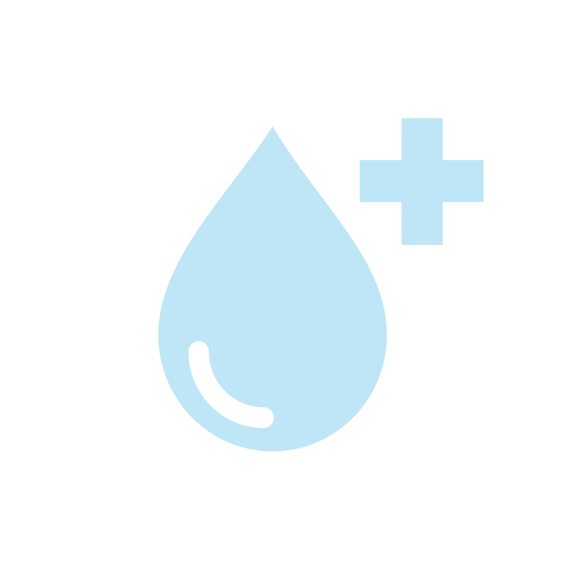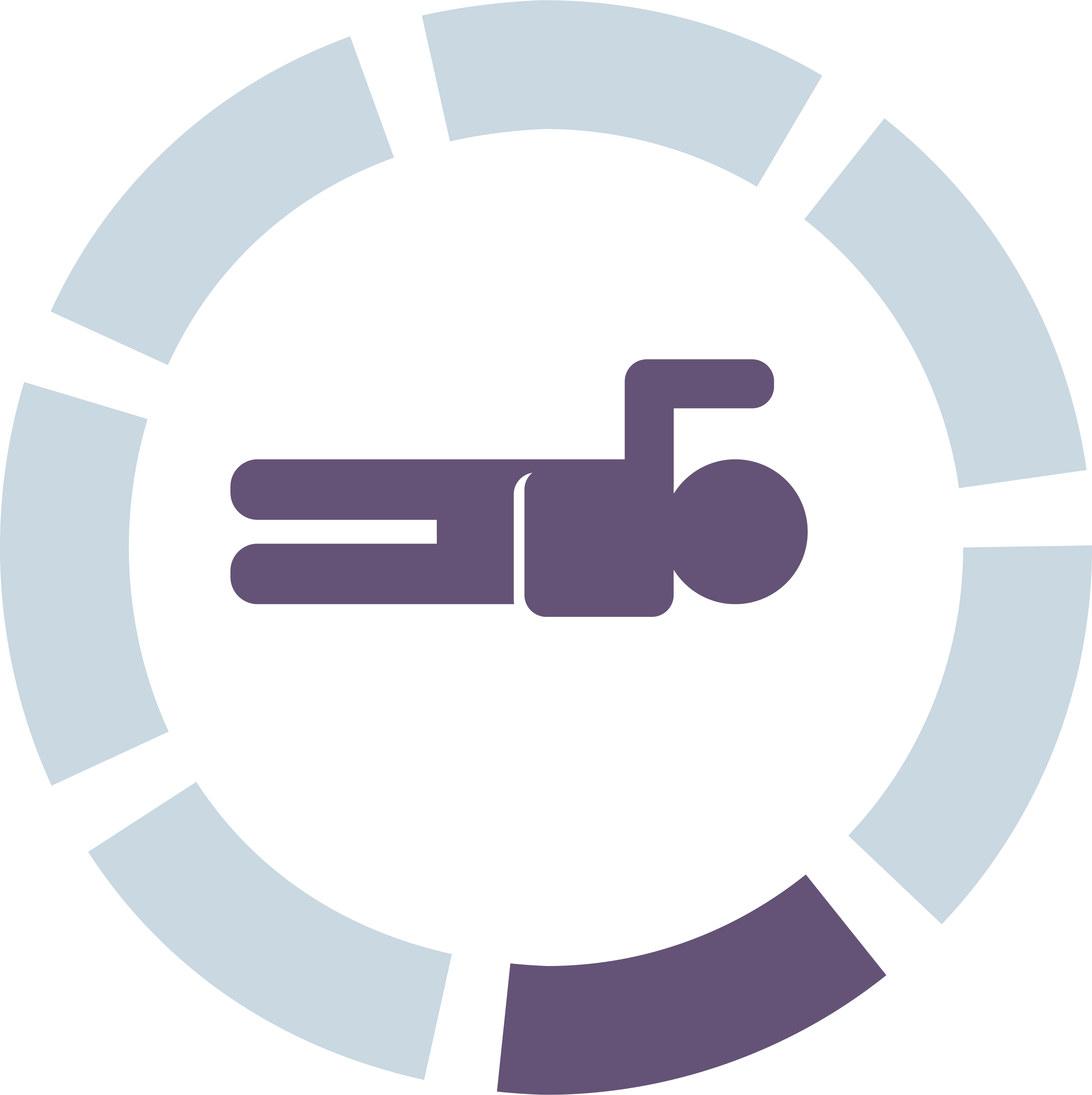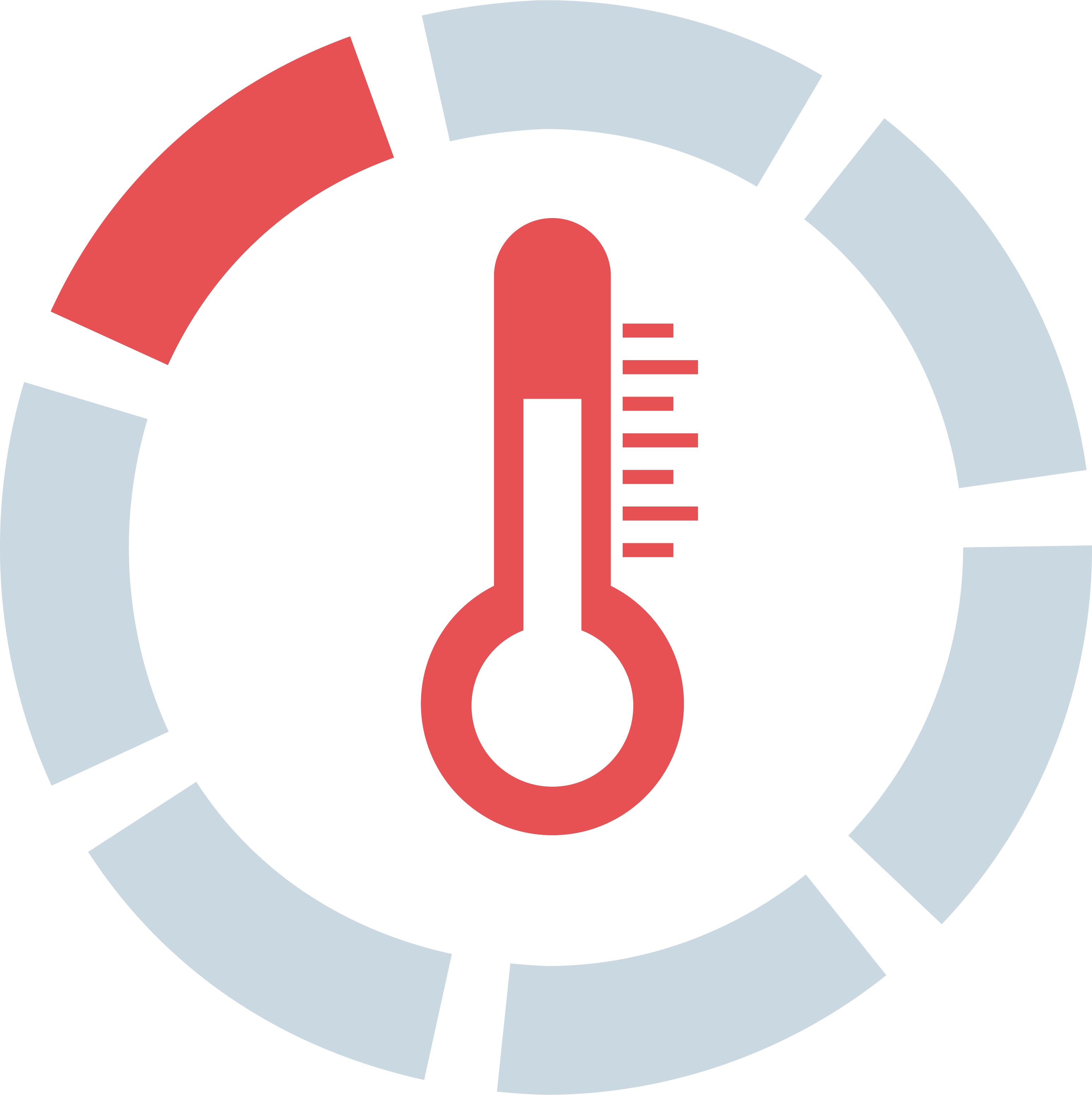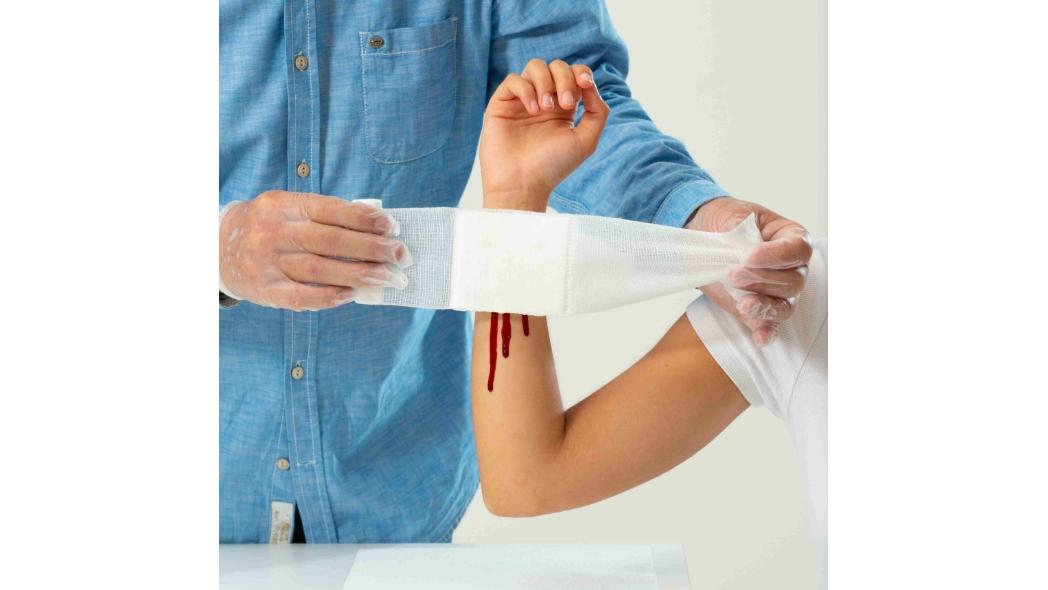
HEAVILY BLEEDING WOUND

Goal of first aid:
Stop the bleeding and reduce the risk of life-threatening shock.

SAFETY FIRST






Secure the surroundings: Remove sharp-edged or dangerous objects from the area.
Gloves: Protect yourself and others: put on disposable gloves.


CONDITION CHECKING





See: Heavy bleeding, wound, pale skin, sweating.
Hear: Complaints of pain and dizziness.
Feel: Clammy skin



CALLING FOR HELP




Emergency call 112: Make an emergency call.
The 5 W questions:
Where did the accident happen?
What happened?
How many people are affected?
What injuries?
Wait for further questions!
Use speakerphone: Turn on your phone’s speaker to keep your hands free.
Do not hang up: End the call only when the control center tells you to.
Involve bystanders: Have them bring a first aid kit.
Report condition changes: Inform the control center if the person's condition changes.




POSITIONING



Shock position: In case of paleness, clammy skin, or drowsiness, lay the person on their back with their legs elevated.
Elevate: Elevate the injured body part.





WOUND DRESSING



Pressure bandage: Open a dressing pack, place the wound pad on the wound, and wrap twice.

Pressure pad: place a closed dressing pack on the site of the wound.

Knot: Continue wrapping and finally tie a knot at the location of the pressure pad.
Second pressure bandage: If the bleeding does not stop, applie second pressure dressing.
No pressure bandage: If the wound is on the neck, chest, abdomen, or head, have the person press something sterile (e.g. a dressing) against it.






COMFORTING

Don't leave: Stay with the person. Your presence and kind, encouraging words can help.
Listen: Listen actively, respond to their fears and worries, and show that you're there for them.







TEMPERATURE MANAGEMENT

Prevent heat loss: Place a jacket or emergency blanket around the person.

